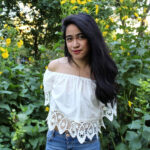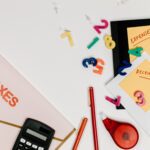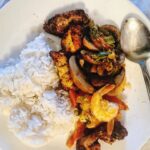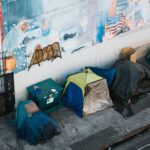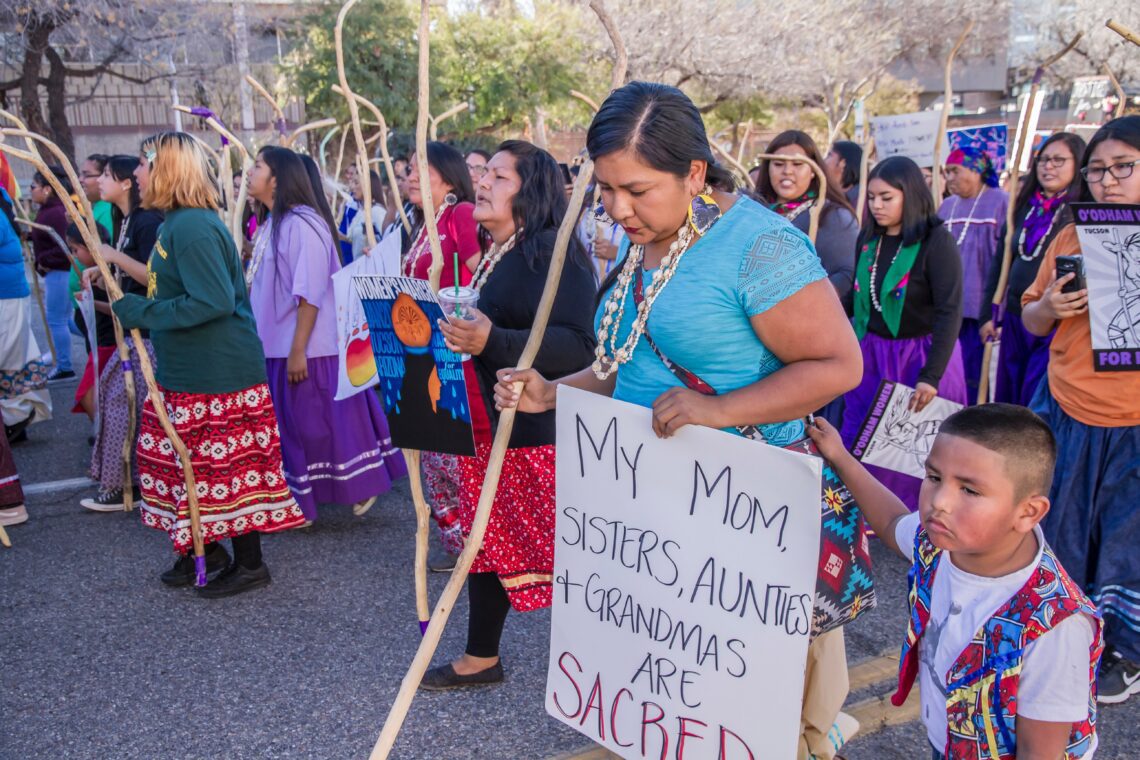
Hope and healing for Indigenous Peoples by Indigenous Peoples
Cody Erasmus remembers feeling neglected by a healthcare practitioner when he opened up about concerns over his mental health. As an Indigenous man raised with notions of toxic masculinity and ego over feelings, opening up was already difficult.
He had been dealing with seven months of chronic insomnia. He was struggling with healing from substance abuse while balancing life as a single father. Having a practitioner judge his needs and define his situation within a short business-like interaction denied him the care he needed.
“I felt misjudged and misunderstood,” says Erasmus.
Erasmus’ experience is echoed by many people in Canada who were failed by the healthcare system. One of the most affected groups is the Indigenous population. They often face many barriers when accessing healthcare. A Prince George, B.C. study discovered that low-quality care, long wait times and racism were most reported by Indigenous participants.
On top of these barriers, Erasmus critiques the overprescription of pills. He says prescribing pills without targeting the emotional trauma and physical experience will not help patients heal.
“A lot of the time, they diagnose you with medication without taking in your other needs. Without emotional and client-centred care, a pill only becomes a Band-Aid,” he says
For many Indigenous Peoples, a lack of trust in healthcare is deep-rooted in historical and racial trauma.
Justice Murray Sinclair is the chair of the Truth and Reconciliation Commission of Canada. In a Canadian medical association journal report, Murray Sinclair cited many incidences forced upon Indigenous families by health professionals. These included abuse, coercion and forced separation.
Sinclair cautioned that historical oppression cannot be viewed separately from Indigenous Canadians’ treatment in their daily interactions with healthcare. If the two are separated, the risk of mistrust and health inequity will only continue.
From the Yellowknife Dene First Nation, Erasmus saw his experience as a sign to get involved in healing and wellness, especially for Indigenous individuals. This dream was solidified after he learned to accept vulnerability in a sharing circle with residential school survivors.
“I saw how much pain there was in our people and how much healing needed to be done. I saw that our people don’t have access to the proper resources that they need,” he says. “I wanted to listen, and I wanted to care for these people, but I didn’t know how to help.”
After witnessing the growth of his parents in the Rhodes Wellness program, Erasmus temporarily moved to Vancouver to help with his own healing. Erasmus says the journey was beautiful, transformative and life-changing.
“I found myself healing through others. I learned to hope and accept my hardships,” says Erasmus. “Over time, I found that I no longer had insomnia.”
Different from mainstream counselling programs, the Northern Indigenous Wellness (NIC) program only focuses on experiential learning and community-based support. Many of the healing practices are applied daily to both the counsellors and the clients. By graduation, students are prepared with many hours of experience and the strength to overcome their own traumas.
“You don’t learn theories from a book and imagine what it’d be like,” Erasmus says. “What you learn, you apply to yourself and once you understand your own triggers, you can reduce harm to the client.”
Today, Erasmus practices as a holistic counsellor, life coach, instructor and program coordinator for NIC. A lot of his self-healing and interaction with clients are inspired by traditional Indigenous knowledge of the medicine wheel. It incorporates the mind, the body, the spirit and the emotions as parts to be equally cultivated to achieve full health.
Erasmus says that Indigenous wellness methods further acknowledge that answers to healing are already within the individual. The healers are not placed on a pedestal with all the knowledge. They guide together while holding a close sense of community.
“If the healer tries to tell them [the client] what the answers are, then that will come from the healer’s perspective. Sometimes, that might influence the client to behave the way the healer wants,” says Erasmus.
This is much different from mainstream mental health care approaches that adopt a patient-professional model, which has been critiqued for decades. Mental health counsellors are treated as the all-knowing professional while the patient is a customer on a short time limit.
The most jarring is the inaccessibility to therapy. It continues to be expensive and largely inaccessible to the marginalized groups that need it most. This healthcare system might not take in the complete complexity of struggling individuals and families, further damaging vulnerable Indigenous people from receiving optimal care.
Small communities are bridging together resources that are culturally and locally sensitive to the needs of the people around them. Erasmus feels optimistic about the future of Indigenous mental health care because of this.
“For the first time, Indigenous people will be healed not by people who have only heard about them from a book,” Erasmus says. “We’re going to only grow from here. More Indigenous people will have more resources than before.”Recently, Rhodes Wellness College had the privilege to celebrate 16 graduates—all Indigenous. Their next cohort is expected to be even larger. The pathway towards more Indigenous-inclusive counsellors and cultural healing is already here—and it’s succeeding.
About the author
Rebecca Benitez-Berona is a reporter at Youth Mind. She is passionate about social justice, creative writing, reading poetry and youth mental health. When she is not writing, she is exploring nature or trying out yet another new bubble tea shop.



